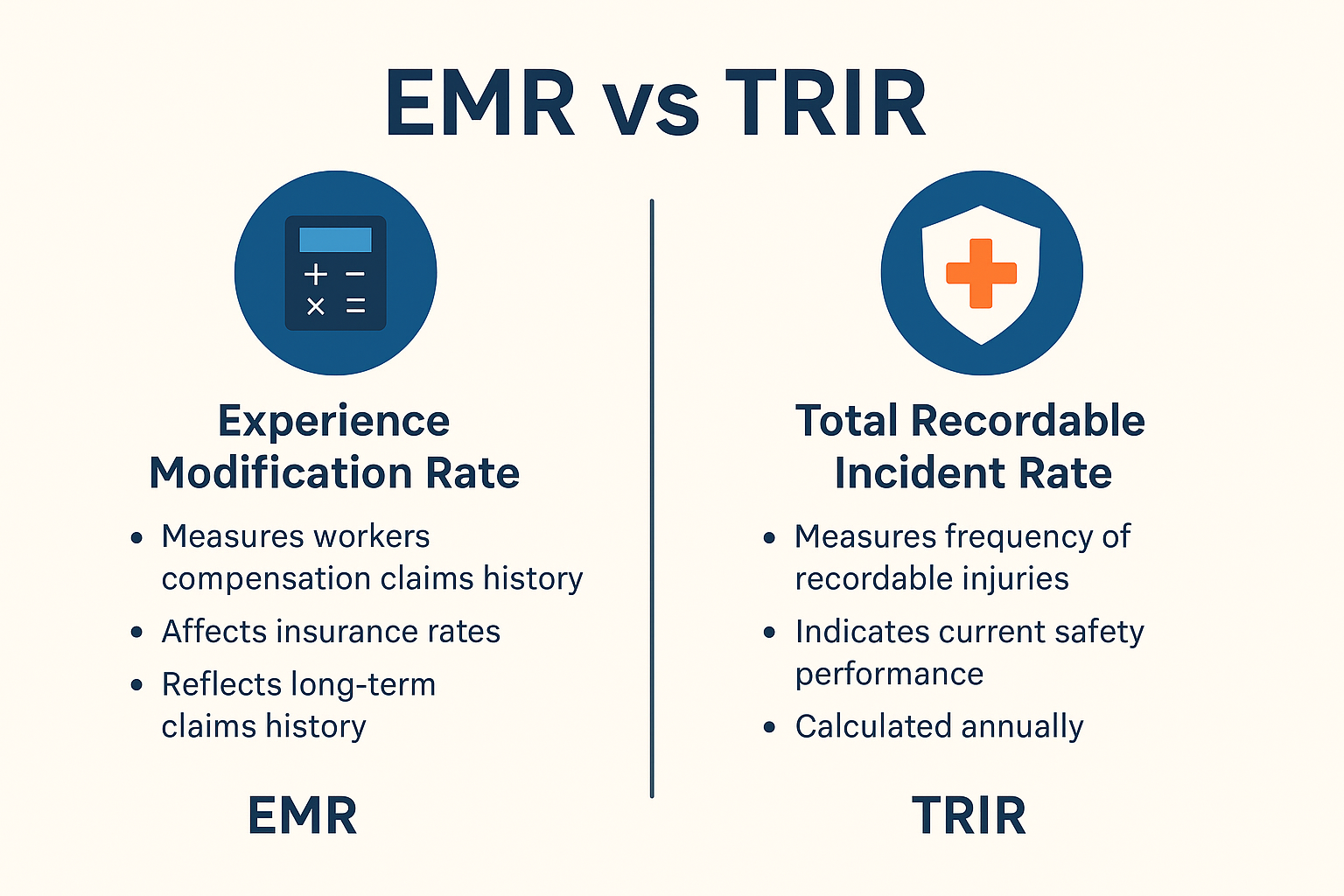Contractors bring flexibility and expertise, but they also come with responsibilities that can’t be ignored. Failing to follow legal and operational requirements opens the door to lawsuits, penalties, and delays. Every missed document or unchecked license increases the chance of a problem later.
Contractor compliance management helps companies stay ahead. It offers a clear way to check paperwork, confirm qualifications, and manage ongoing work with less stress.
In this article, you’ll learn what contractor compliance involves, how to build a reliable system, and what tool can simplify the process for your team.
What Is Contractor Compliance?
Every contractor must meet specific requirements before starting work. That includes valid permits, up-to-date certifications, insurance coverage, and a clear understanding of safety rules. Without a structured process, it becomes easy to miss details that lead to delays, legal trouble, or injuries on-site.
Many companies choose to track contractor information through digital systems. These tools help you monitor expiration dates, manage documents, and stay alert to problems before they grow.
You can review who has completed safety training, which subcontractors need updates, and what tasks still need approval. That kind of oversight gives your team a clear view of compliance across all projects.
Following strong practices does more than keep paperwork in order. It helps reduce risk, protect workers, and keep your business on the right path. When everyone follows the same rules, it promotes trust, strengthens safety culture, and supports better project outcomes.
Contractor compliance works best when built into the full contractor management process. Clear terms, consistent tracking, and a focus on safety allow you to meet your responsibilities without wasting time or adding confusion.
Key Components of a Contractor Compliance Program
Managing contractor compliance requires structure, clarity, and follow-through. Every contractor you hire should meet the same expectations as employees.
That includes proper documentation, clean records, and a clear understanding of the job. Without a system in place, mistakes happen. Delays grow. Risk increases.
To stay ahead, build your program around these core components:
- Documentation and credential verification – Collect tax forms, licenses, safety training records, and certifications. Each file must match the job being done and meet all requirements.
- Background checks and vetting – Review identity, work history, and past issues. For jobs involving equipment or sensitive areas, added diligence helps protect everyone on-site.
- Insurance and liability coverage – Ask for proof of active policies. Review limits and dates before work begins. Don’t allow access until coverage is confirmed.
- Contractor agreements and scope of work – Define project terms, tasks, deadlines, and payment clearly. Use simple language and cover what each side is responsible for.
- Ongoing monitoring and audits – Track updates, catch expired files, and follow up on missing documents. Digital systems make it easier to manage and access data when requested.
You don’t need to overcomplicate the process. Start with the purpose: keep projects safe, organized, and compliant. Strong systems reduce risk and support better outcomes, even in challenging conditions.
What Are the Common Contractor Compliance Risks?
Ignoring compliance issues can damage your business faster than most realize. In 2023, the U.S. Department of Labor recovered over $274 million in back wages for misclassified workers.
That number shows how often businesses underestimate contractor compliance risks. Avoiding fines, downtime, or lawsuits starts with knowing where the biggest problems hide.
Misclassification of Contractors
Treating contractors like employees without meeting labor laws leads to audits and penalties. If you set a fixed schedule, assign tools, or control how tasks are done, that person might legally qualify as an employee.
The IRS and DOL both use strict tests to define these roles. Misclassification leads to unpaid taxes, backdated benefits, and legal disputes. You need to review your terms, document every agreement, and comply with both federal and state guidelines.
Expired or Missing Documentation
Contractors must show valid licenses, training records, and insurance before stepping on-site. Skipping these checks increases legal exposure.
For example, if someone operates equipment without proof of training, and an injury occurs, the liability falls on you. A good system will track expiration dates and flag missing documents before work starts.
Regulatory Violations
Every state has unique laws tied to contractor work. The OSHA, state boards, and licensing agencies all set rules you’re expected to follow. Violations can pause projects or even stop them completely. Failing to request proper permits or ignoring local safety codes often leads to unexpected downtime.
Financial Risk
Costs grow quickly when you miss compliance steps. Fines, insurance claims, and repeat work add up fast. A single injury from an unqualified contractor can raise premiums or lead to lawsuits.
These financial risks affect your bottom line and reduce how competitive your bids look to clients. Reliable compliance services help lower these risks and provide tools to stay ahead.
Legal Risk
Contractors have rights, and so do clients. Skipping legal checks or failing to update agreements leaves you open to lawsuits. Even simple things, like ignoring a requested document, can result in contract violations.
To avoid this, establish a routine for reviewing records, tracking deadlines, and responding quickly to issues. Use digital tools that let you monitor status and provide proof when needed.
How to Set Up a Contractor Compliance Management System
A strong contractor compliance system helps you avoid delays, reduce risk, and stay in line with legal rules. It keeps your team organized and your projects moving. To build a system that works, follow these five steps.
- Review legal and project requirements – Every job has specific needs. Look at local laws, required permits, and safety guidelines. Understanding what applies to your site is vital. Missing even one item can lead to fines or work stoppage.
- Create a clear checklist – List out every document you need from each contractor. Include proof of insurance, licenses, tax forms, and safety certifications. A checklist makes it easier to track progress and find missing items.
- Choose tools that match your needs – Digital products help you monitor deadlines, organize files, and get alerts when something needs attention. They also ensure faster response when proof is requested.
- Train your team on the system – Your process only works if people follow it. Show each staff member how to upload documents, verify information, and fix errors.
- Review and update regularly – As project types change or rules shift, update your system to stay current. That helps ensure long-term success.
Keep Contractor Compliance on Point and Under Control With EHS Momentum
Managing contractor compliance takes time, structure, and the right tools. MyMomentum by EHS Momentum gives you a simple, mobile-first platform that helps you stay organized, reduce delays, and meet safety and legal requirements without the usual headaches.
MyMomentum helps you:
- Manage permits, certifications, and contractor documents from one place.
- Get alerts for missing items, expired files, or unresolved issues.
- Use mobile QR codes for fast, accurate inspections from any site.
- Assign corrective actions and track follow-up with real-time updates.
- Store everything digitally and find proof fast when it’s requested.
Ready to keep contractor compliance on point and under control? Book a demo with EHS Momentum and see how easy it can be!
FAQs About Contractor Compliance
What is contractor compliance?
It means making sure every contractor meets legal, safety, and job-specific requirements before and during work.
Why is contractor compliance important?
It protects your business from legal trouble, reduces safety risks, and keeps projects running on schedule.
How do you track contractor compliance?
Use digital tools to monitor expirations, store documents, and flag missing or outdated items.
What happens if a contractor isn’t compliant?
You risk fines, injuries, project delays, or legal issues, especially if work continues without the right checks.







